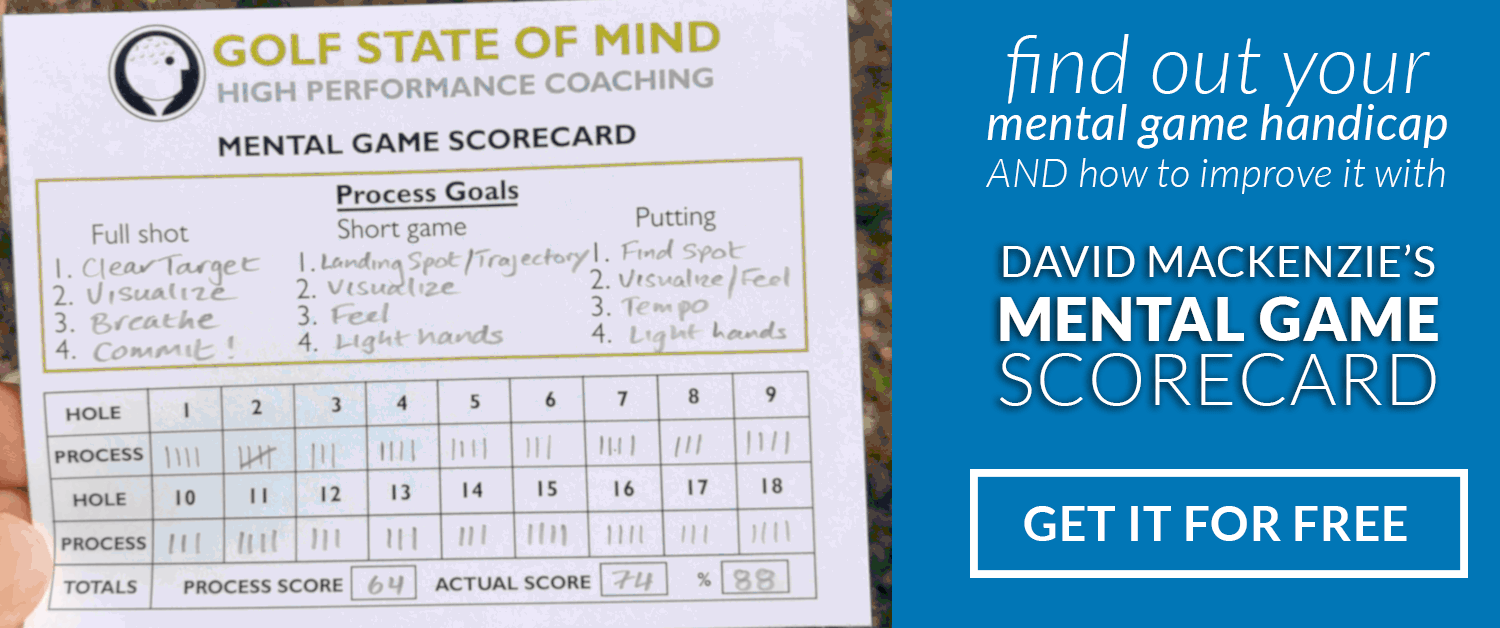
Swing Mechanics Don’t Change, Tempo Does
I was speaking with a student yesterday and because this subject comes up a lot, I thought it was worth writing a quick article on it.
My student was telling me about a recent competitive round during which he started to lose control of the direction of his shots and he ended up shooting 10 shots higher than his average score.
He was hitting the ball great before the round (and during the practice round), with little dispersion of his shots with all his clubs. So why did this change suddenly on the course? Did his swing regress to that of a beginner? Did he just lose the skills he’d spent the past 10 years developing?
“Why Can’t I Take My Range Game To The Course?”
In the past 10 years I’ve been coaching, I hear this scenario a lot. It’s the same as that common golf question, “Why can’t I take my range game to the course?”.
My answer is: “Swing mechanics don’t change, tempo does.”
Your swing mechanics are as they should be. It takes time to build and learn movement patterns, they don’t change in the course of one round.
However, something very fundamental has changed and it’s called “Tempo”.
I have this conversation with elite performance coaches all the time, yet it’s amazing how little it’s discussed among amateurs who are trying to figure out variability in their results.
What is tempo in the golf swing?
Tempo is a measurement of time, not speed (which is a common misconception). It’s the ratio of the time it takes for you to get to the top of your back-swing, to the time it takes to get back to the ball. When you are hitting your best shots, your tempo is where it needs to be. Studies that have been done show this is around 3:1 (the back-swing takes 3 times as long as the down-swing) for the long game and 2:1 for the short game and putting., But I’d like you to experiment and find this out for yourself. I should note that it’s possible for a fast swing, like Rickie Fowler’s and a slower swing like Ernie Els’, to have the same tempo. Each player has their own rhythm, but tempos are fairly similar.
Why is tempo important?
Without going into the technical side of things (I’ll leave that to the bio-mechanics guys), the subconscious synchronization of your swing (how the upper and lower body and arms/hands move in relation to each other) is very important in you getting into a position to be able to square the club-face at impact. When the time it takes for you complete your back-swing and downswing is changing, so is your ability to get into a good position at impact. The harmony and rhythm of the swing is lost. The sequence is not the same as it was on the range before the round!
What affects tempo?
Mental and emotional factors will change tempo. When you’re feeling anxious or overly-nervous, your tempo typically quickens. It’s that old “flight or flight response” – you speed up everything when you’re uncomfortable (subconsciously) in the attempt to get out of that situation. You walk quicker, you go through your routine quicker, and you swing faster.
If you want to learn how to control these mental and emotional factors, so you can access your best skills more often under pressure, check out my Ultimate Mental Game Training System.
Instead of trying to restore normal tempo when things go downhill on the course, most players start focusing more and more on their swing mechanics, which destroys fluid motion (your optimal swing is when it’s totally subconscious). Additionally, because the focus becomes more internal, they become more and more disconnected from the target and the intention for the shot.
How do you get control of tempo?
- Actually acknowledge that tempo is a big factor in why your scores are variable and why you can’t reproduce those beautiful, rhythmical swings you have on the range.
- Learn how to control performance anxiety. Learning how to calm your body and mind and playing your natural game is key to playing your best under pressure.
- Find your tempo. There are a few apps you can use in practice to determine this.
- Find a way to revert back to a good tempo on the course. Humming, counting or finding a song that fits your tempo, will work. One of my students says “Hey Jude” is his tempo song and he plays this in his head before and during shots. Try listening to some songs (with earphones in) while you are practicing and play them before a round.
- Never get overly technical on the course. Your swing mechanics (movement patterns) have not changed, your tempo has.
Thanks for reading! If you’d like to learn more about what I call “performance coaching” (coaching to perform) instead of traditional swing lessons, check out my free Mental Game Fundamentals eBook.
Photo by Keith Allison


